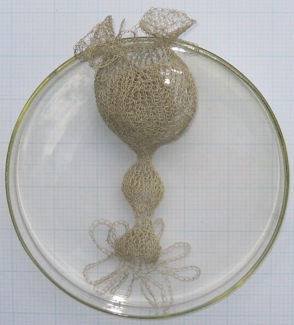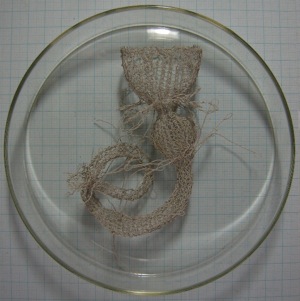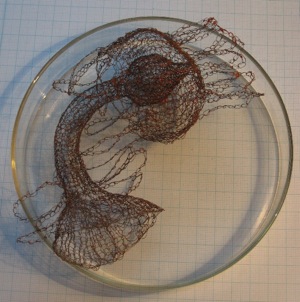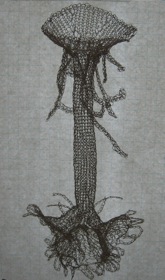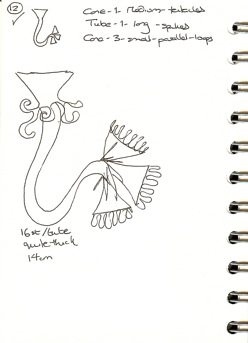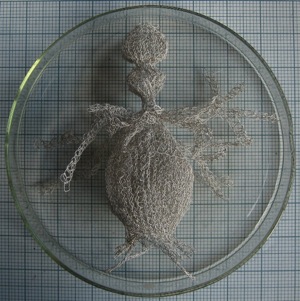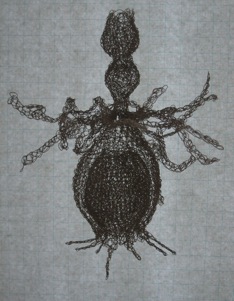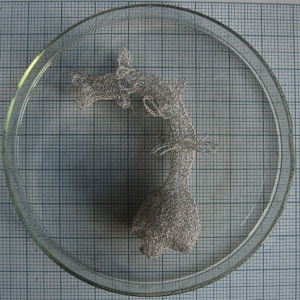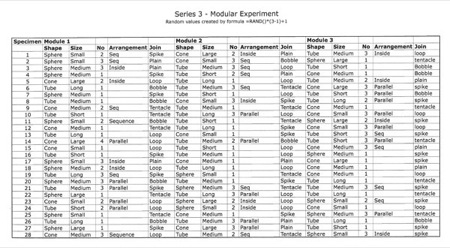Feb 2008
Mutation Series - Specimen 23
19/02/08 22:47 Filed in: Mutation Series
Mutation Series - Specimen 19
17/02/08 22:46 Filed in: Mutation Series
Mutation Series - Specimen 18 - Fossilised
14/02/08 22:46 Filed in: Mutation Series
Mutation Series - Specimen 12
13/02/08 22:03 Filed in: Mutation Series
Mutation Series - Specimen 11
12/02/08 22:02 Filed in: Mutation Series
Mutation Series - Specimen 3
10/02/08 22:01 Filed in: Mutation Series
Mutation Series - Patterns
09/02/08 20:49 Filed in: Mutation Series
Mutation Series - Modular Experiment
01/02/08 20:25 Filed in: Mutation Series
The rules for this experiment were refined to develop more sculptural specimens by introducing modularity. The experiment references the evolutionary development theory or 'Evo Devo', the independent development of distinct anatomic modules in the embryo. The genetic toolkit contains a DNA sequence (the homeobox genes) that regulate the development of shape and form. Mutation in these ‘hox box’ genes leads to new forms.
I worked with the three shapes used in Series 2 - the sphere, tube and cone. These were simplified in size to either small, medium or large, and arranged in the order, number and sequence determined by random values in the spreadsheet shown. This generated a pattern for 28 specimens.

